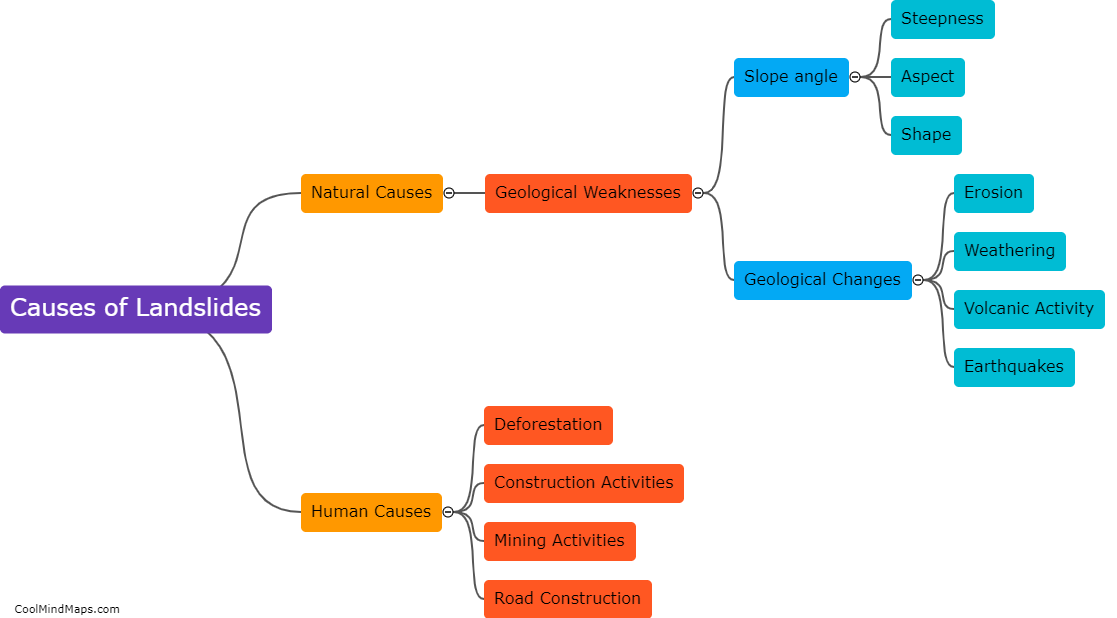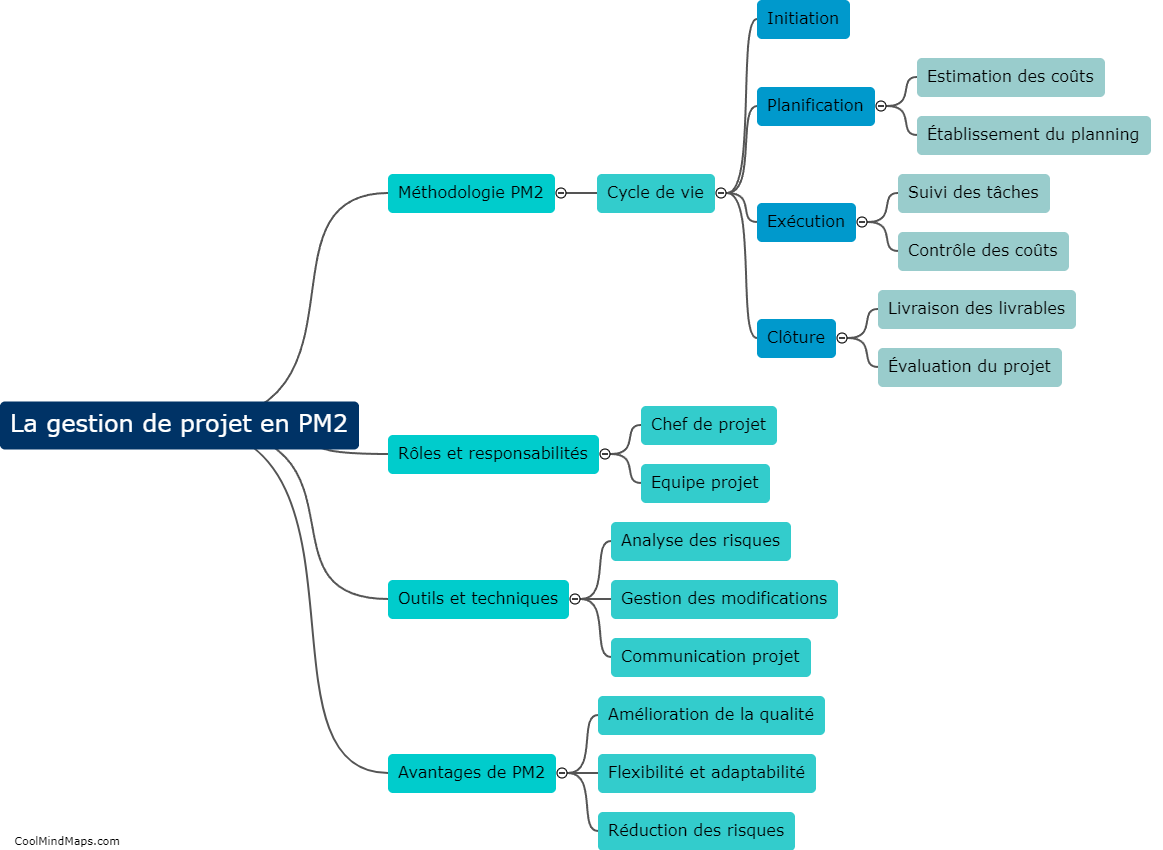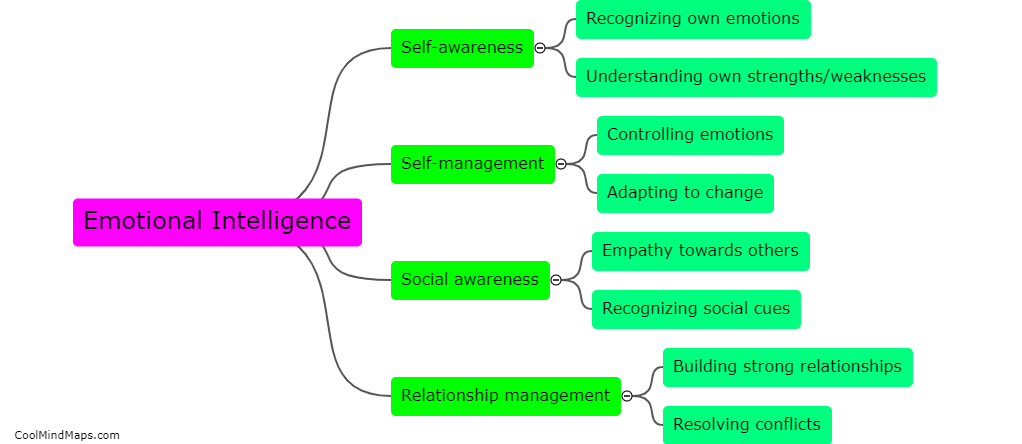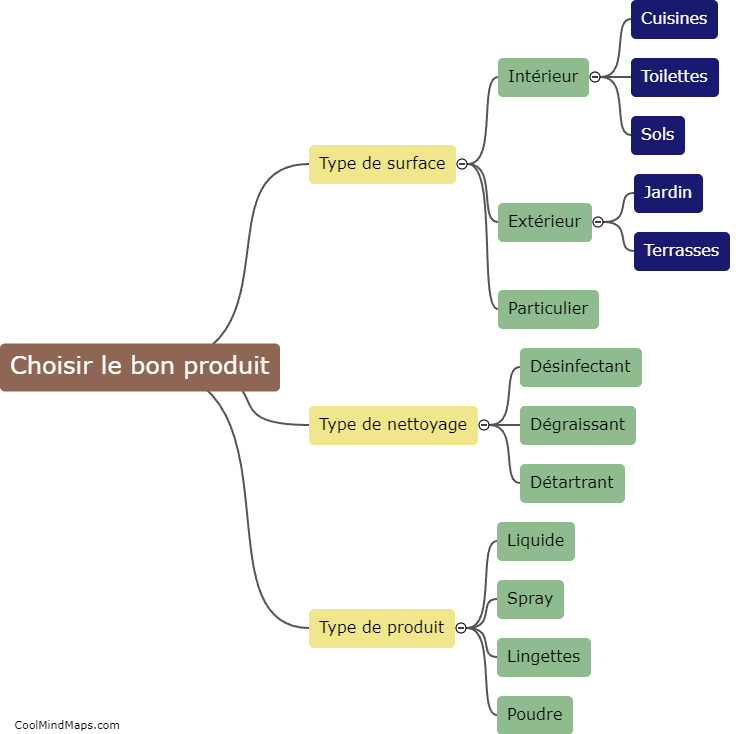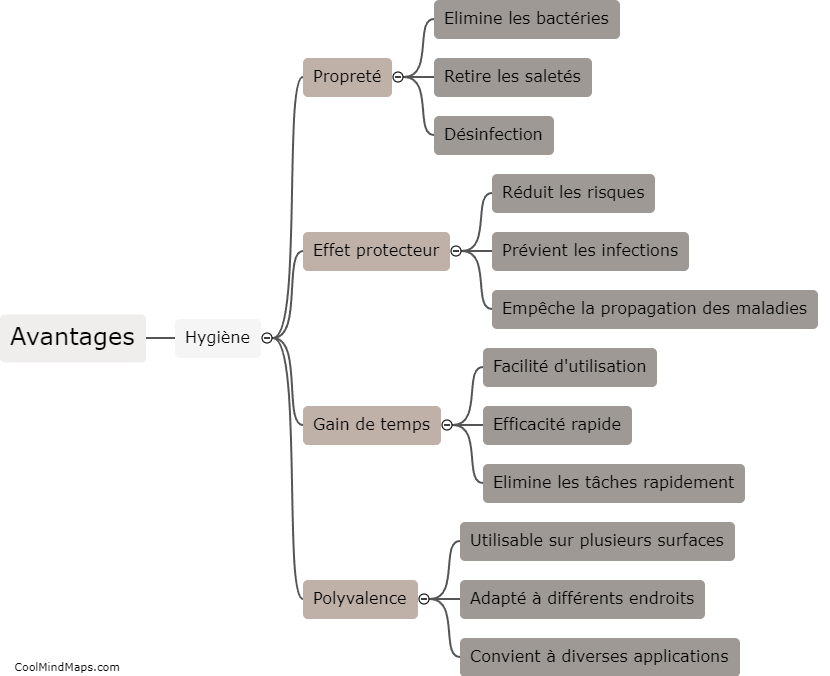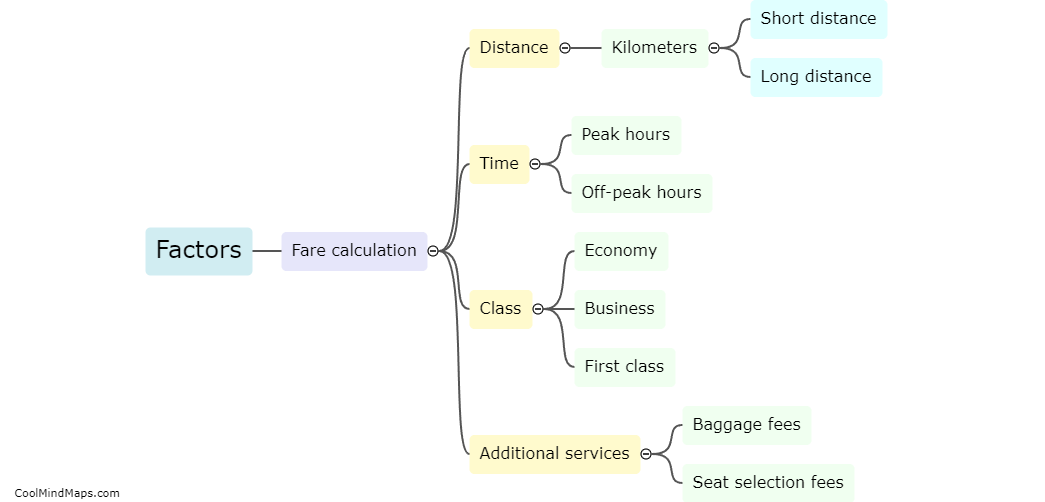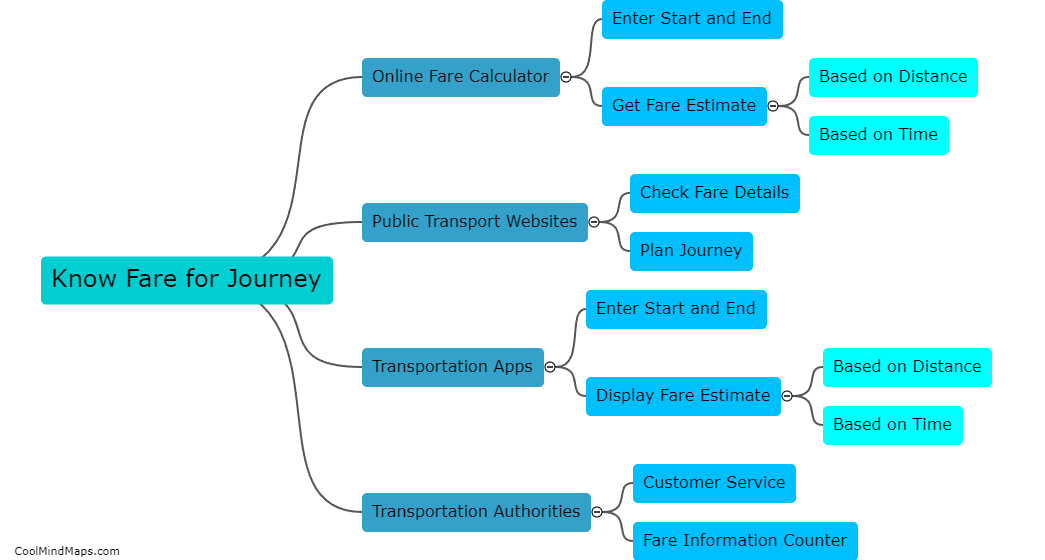How do ride hailing services work?
Ride-hailing services, such as Uber and Lyft, operate through mobile applications that connect riders with available drivers in their area. The process begins with a user requesting a ride through the app. The app then uses GPS technology to locate the closest driver and provides an estimated time of arrival. The user also receives information about the driver, including their name, photo, and vehicle details. When the driver arrives, the user gets into the vehicle and the ride begins. Payment is typically handled through the app, with the fare amount based on factors like distance and time. Both the rider and driver can rate each other at the end of the trip, promoting accountability and ensuring the quality of the service. Overall, ride-hailing services offer a convenient and efficient alternative to traditional taxis and have revolutionized the way people commute in many cities.
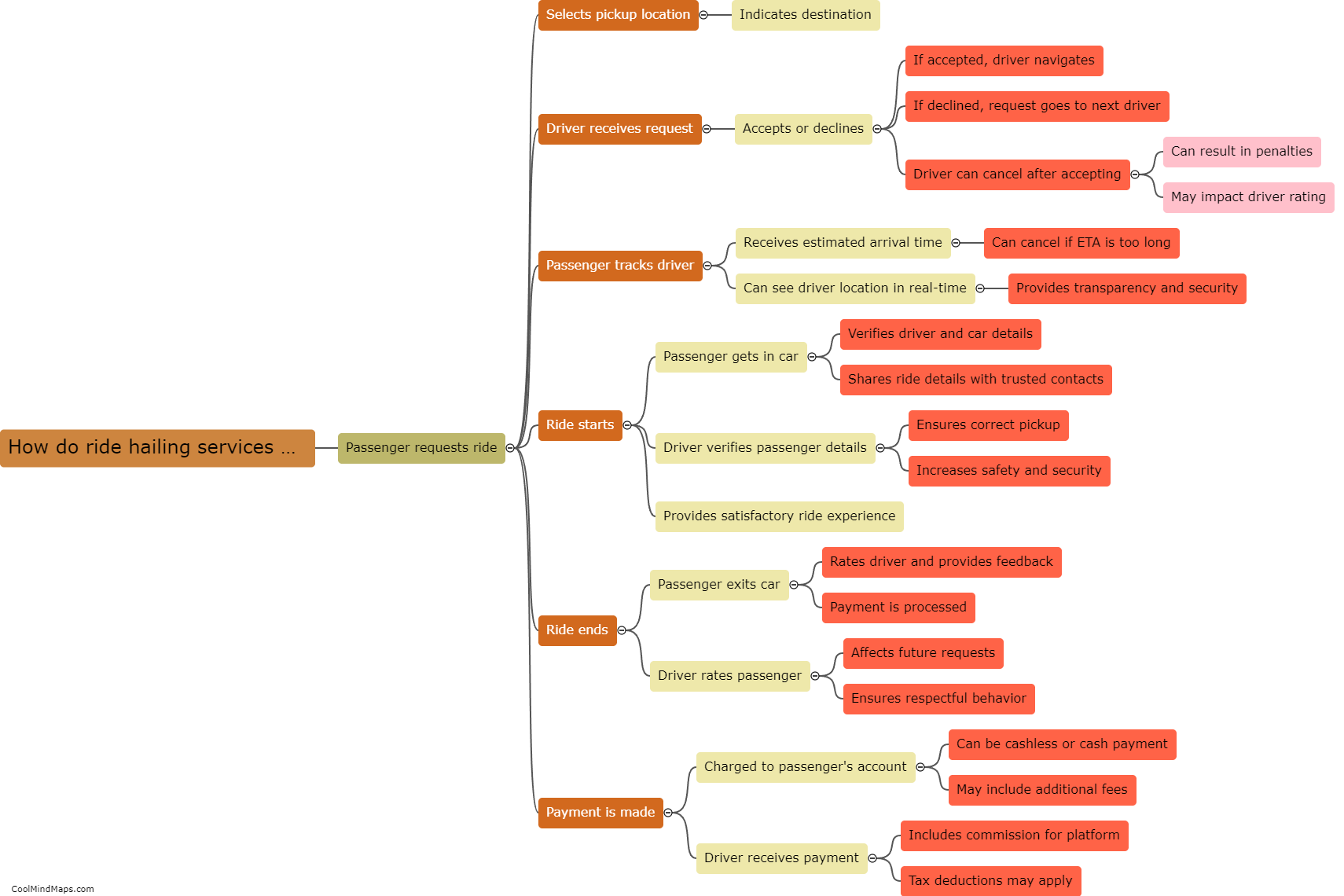
This mind map was published on 22 July 2023 and has been viewed 104 times.
